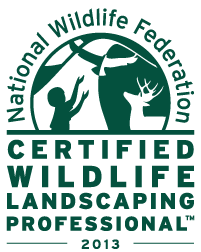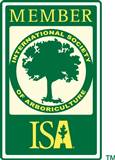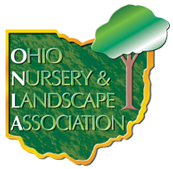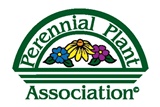Gardenscapes by Joanna LLC


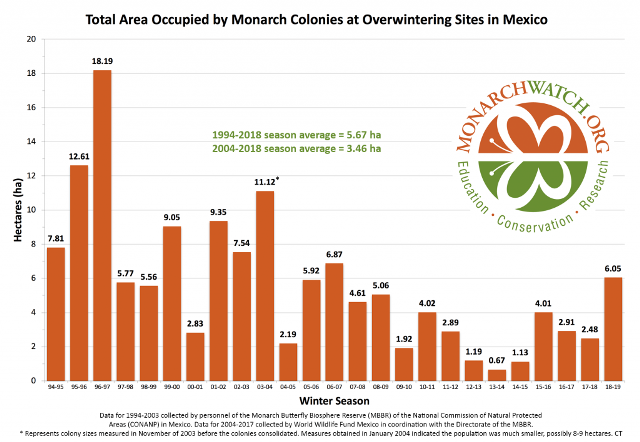
Call or E-mail us today!
Phone: (440) 935-5074
Please call for our landscaping services.
We design and install landscapes, patios and walkways.
Plant a Monarch Migration Station
and Help Save the Monarch Butterfly
Our company is a proud member of these organizations:
Lawn Alternatives
One of our primary feature of the suburban landscape is the lawn. As human development has spread, native vegetation has been replaced with lawns. Unfortunately, lawn areas are little more than barren wastelands compared to the diverse communities of native plants that once existed. Lawns provide almost no habitat value for wildlife. Lush green lawns might look healthy, but just because they are green and growing does not mean they are good for the environment.
- Most lawns and lawn maintenance deplete habitat and natural resources by requiring supplemental watering and dependence on chemical fertilizers and pesticides.
- Typical lawns require an amazing amount of water to stay green. Between 30 to 50% of our drinkable water goes to watering lawns!
- The Environmental Protection Agency (EPA) estimates homeowners apply 10 times as much chemical pesticides to their lawns as farmers apply to cropland. Excess chemicals run off with rainfall into local waterways.
- National Wildlife Federation studies show that where pesticides are applied, 60-90% of earthworms are killed.
- THE AVERAGE GASOLINE-POWERED LAWN MOWER EMITS MORE POLLUTION THAN THE AVERAGE CAR ENGINE. THE EPA ESTIMATES THAT THE AVERAGE LAWN MOWER EMITS 11 TIMES THE AIR POLLUTION OF A NEW CAR FOR EACH HOUR OF USE. THEY ALSO CAUSE NOISE POLLUTION.
- EPA research proves that native vegetation out-performs turf grass in filtering contaminated water and reduces soil erosion better by holding the soil in place.
- 18% of municipal solid waste collected is organic waste: cut grass, raked leaves, branch trimmings and plant debris. All this material can be used in the natural landscape as compost.
This customer wanted to mow less and have their front yard serve as a wildflower meadow to encourage biodiversity. Natural landscapes require no or infrequent watering once established.
In the fall, seed heads and stalks are left standing to provide winter food for birds.
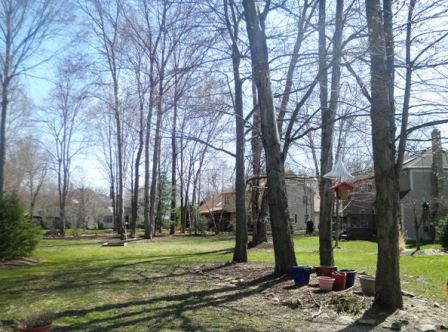
Why try to continually plant grass seed in an area where grass will not grow. Do the environment a favor (and the trees) and install plants. Trees, shrubs and perennials act as rain garden plants as well as wildlife benefactors.
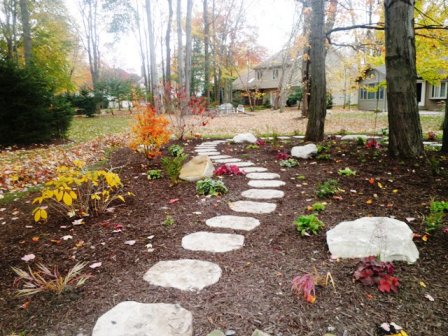
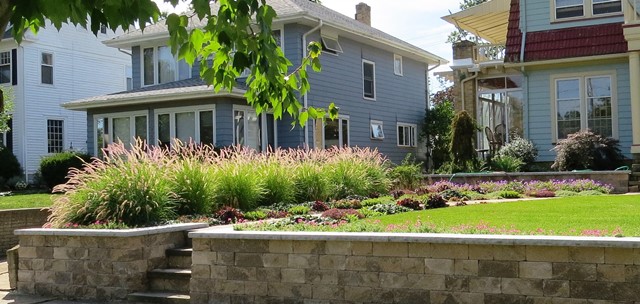
Another customer wanting to mow less and increase biodiversity.
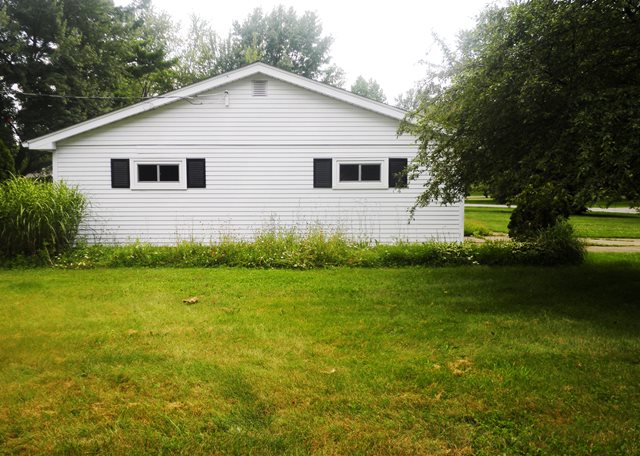
This wildflower garden was planted from seed in the fall.
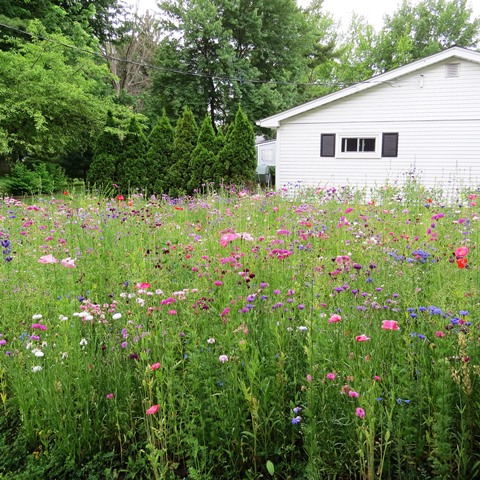
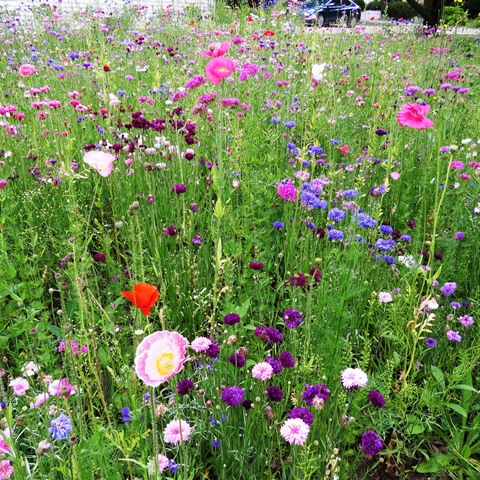
Thank you for visiting our website.
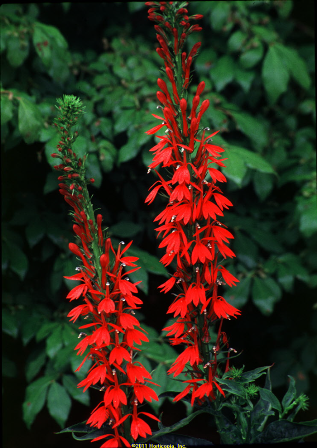
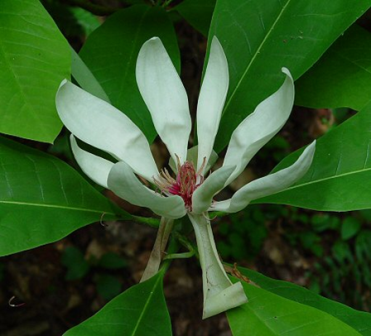
Copyright © 2010

